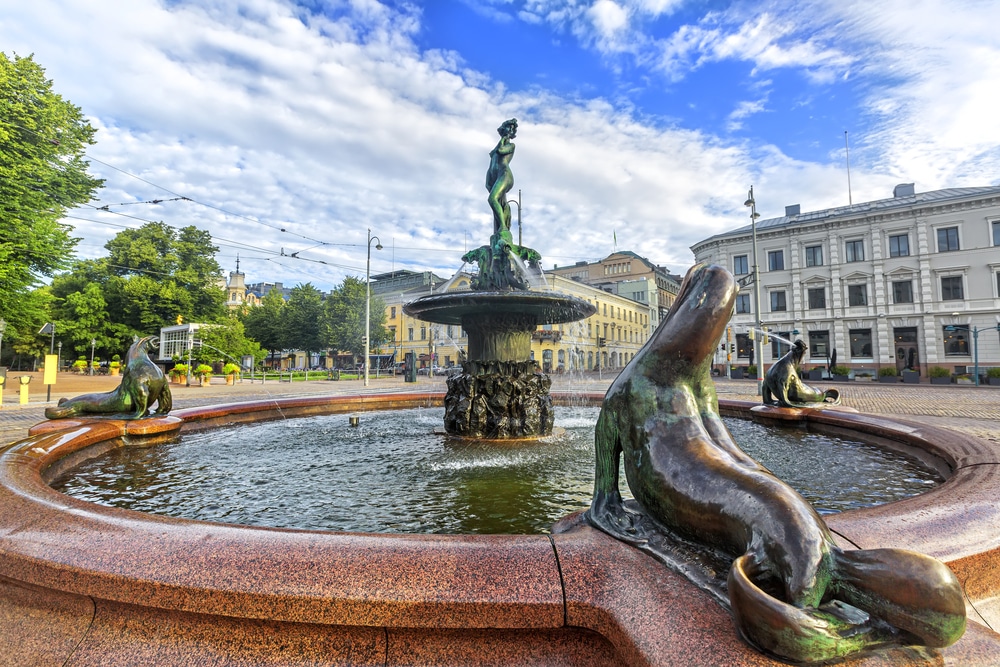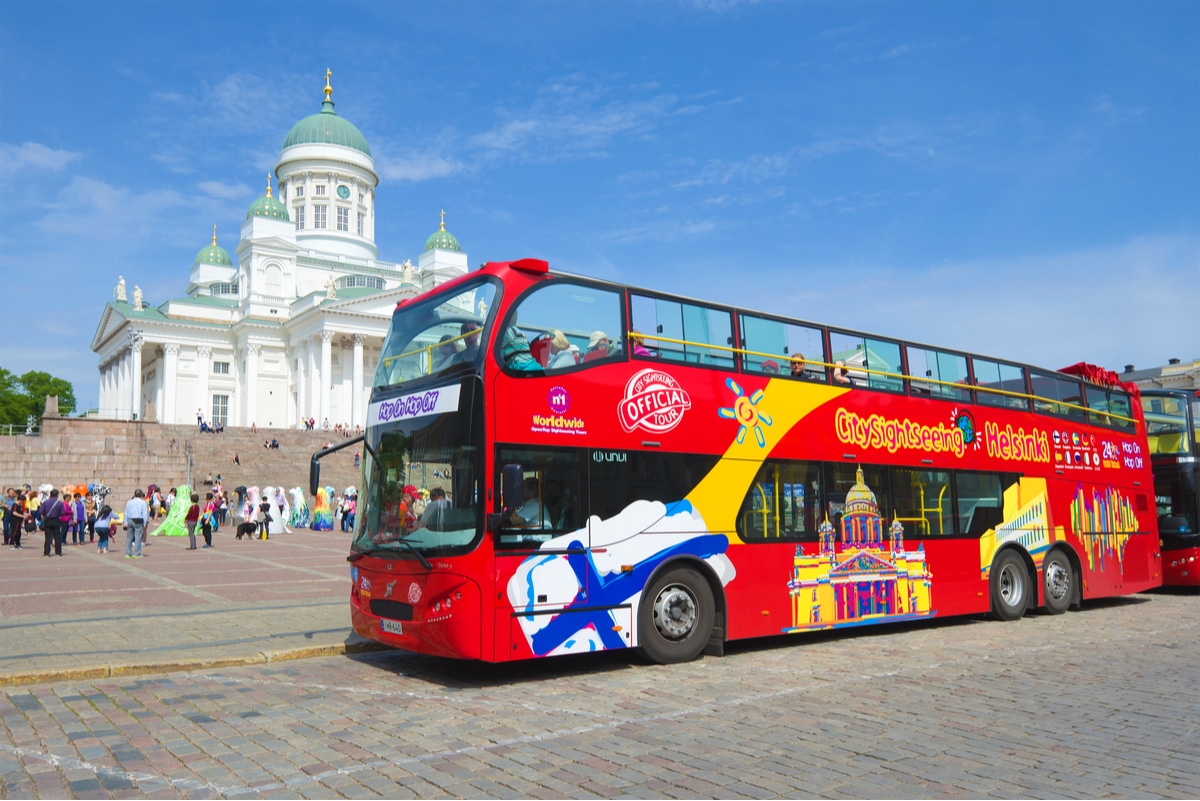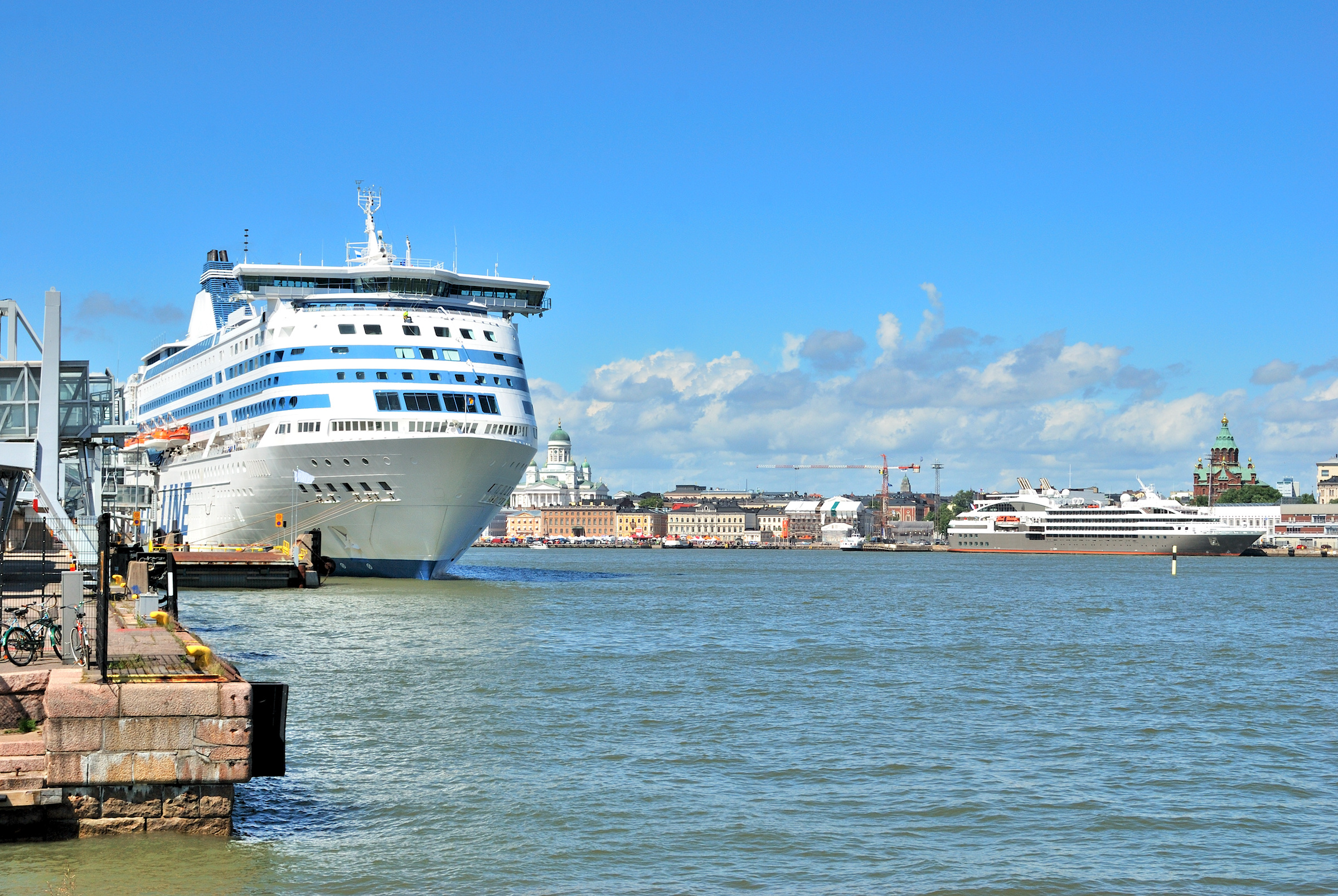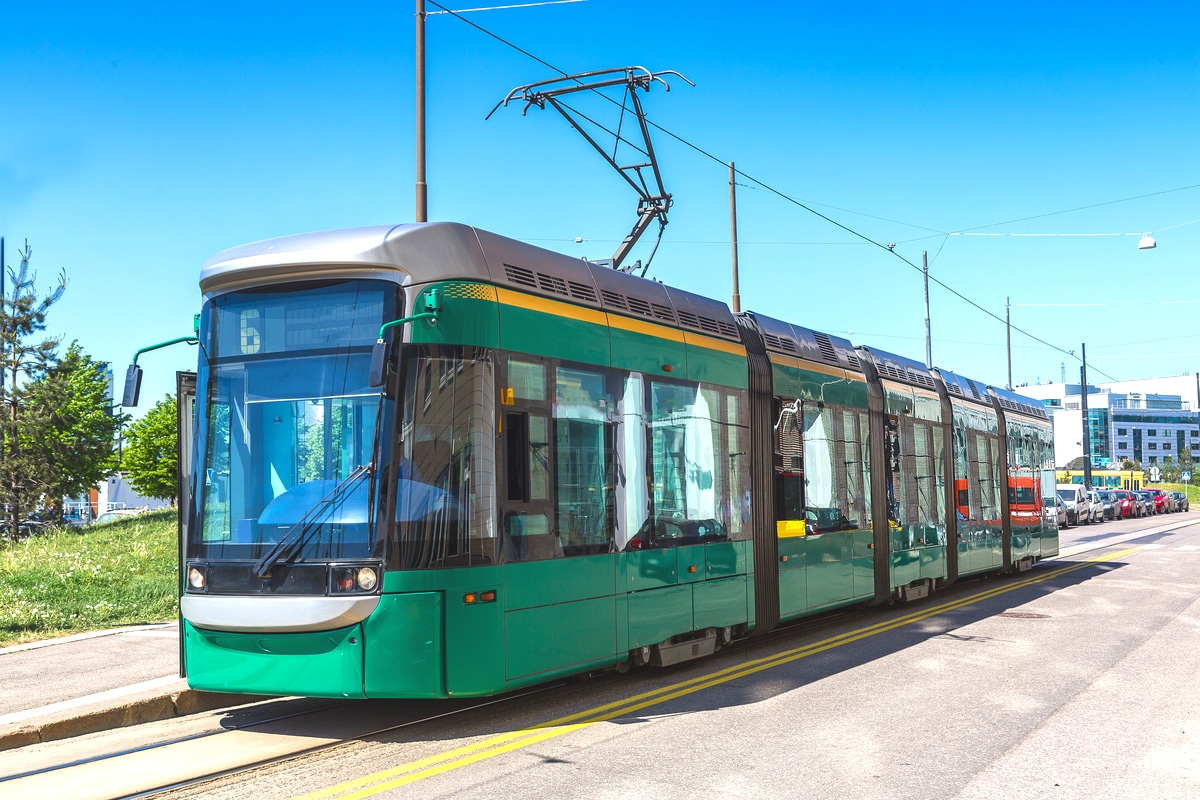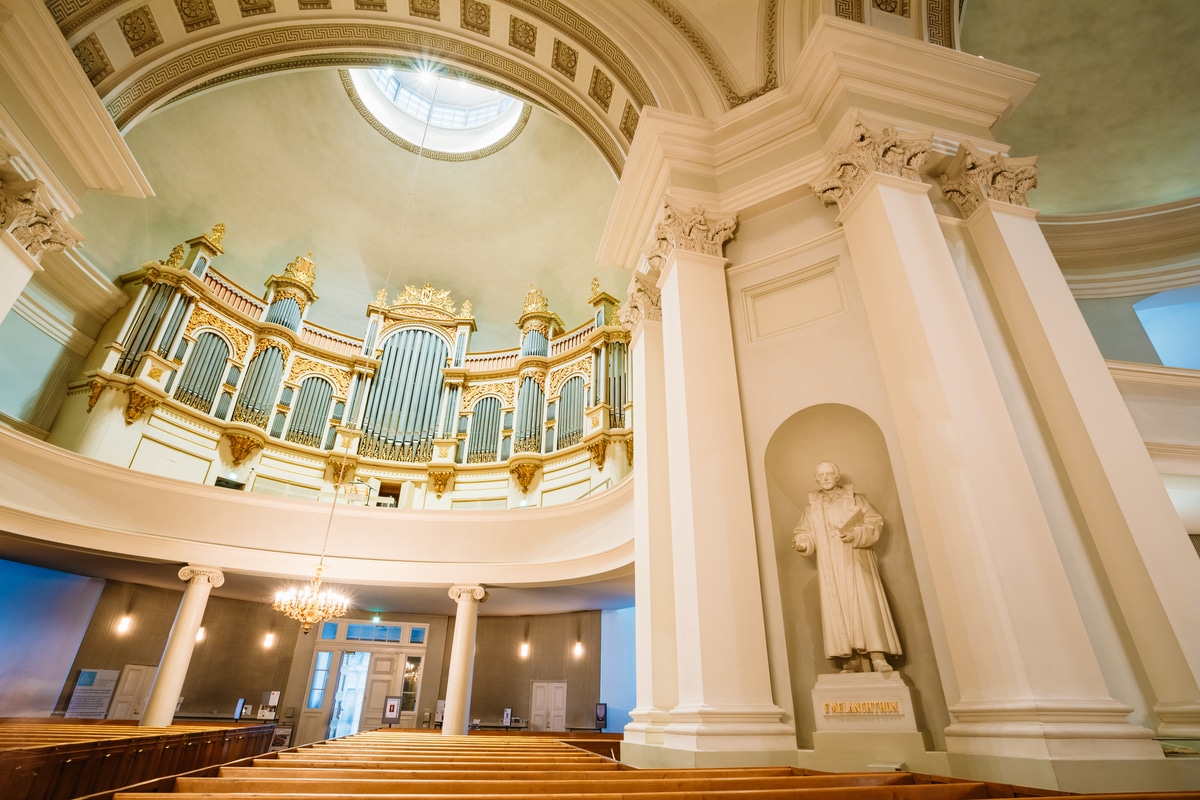Seurasaari
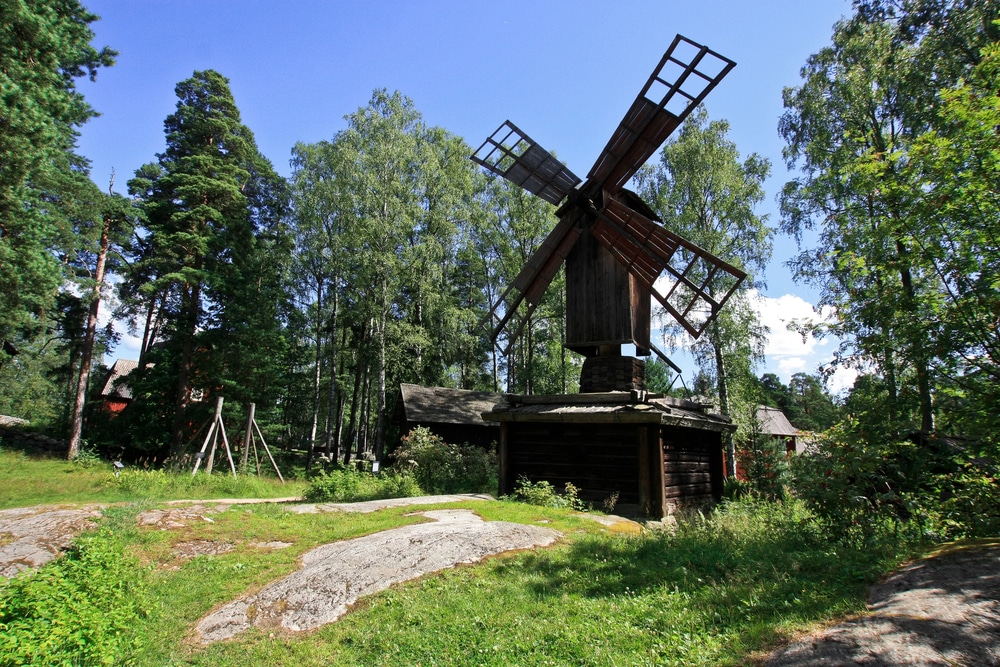
From pastureland to popular excursion destination
Once the island was also known under the Swedish name Fölisön (the foal island). The name indicates the original use of the island, as it was used as pasture land for livestock until the end of the 19th century and was thus usable land for the Mailahti estate. As early as the 1880s, the island increasingly attracted city dwellers who came here to take a little break from city life.
Due to the increasing interest in the island, the city of Helsinki leased the island and the name Seurasaari (the Society Island) was born. To make the recreation area even more interesting for the city residents, a network of paths and a boat landing stage were built. A restaurant and dance pavilions were also opened. In 1991/92 the bridge made of tree trunks was built.
The history of the open-air museum
Surprisingly, the idea for an open-air museum at Seurasaari came up quite early. The painter Akseli Gallen-Kallela and the architect Yrjö Blonsted were the originators and promoters of the idea. The decisive factor was the relocation of a small tenant farm threatened with demolition, which was dismantled in Konginkangas and rebuilt on Seurasaari. The Stockholm open-air museum Skansen is considered the model for the open-air museum.
Since 1956 there has been the Seurasaari Foundation, which supports the museum and makes new projects possible. Today, 87 historical buildings can be found in the museum area of the recreation area and it cannot be ruled out that the number will continue to increase in the coming years.
Historical buildings from all parts of Finland
The buildings on the island worth seeing were moved to the island from all parts of Finland. The beginning of the collection was in 1909, but since that time some interesting buildings have been added. Among the highlights is the old wooden church of Karuna, which was given a new location on Seurassaari in 1912 and thus could be preserved. In Kuruna, it was to be demolished to make way for a new church made of stone. It is one of the oldest buildings that can be admired in the open-air museum today, as it was once built in 1686.
Directly behind the church there is a small cemetery where Axel Olai heikel and his wife Marie are buried, because the couple once founded the museum and were committed to its continuation and expansion until their death. Another rarity is Virrat's church boat, which once carried up to 100 people to church services on Sundays. The inventory of houses also includes numerous country houses, farms and manor houses. In the interiors, some of the original furnishings can still be found, or the houses were equipped with matching furniture and objects.
Strolling around the area, one can notice the differences in architecture, as it varied significantly from province to province. In addition to individual buildings, entire groups of buildings have been saved from demolition or decay and are now a defining part of the museum landscape. All the buildings date from between the 17th and 20th centuries. A stroll around the museum grounds is even free of charge. However, if you want to visit the interiors of the historic buildings and thus learn more about the life of the former inhabitants, you have to pay a small fee.
